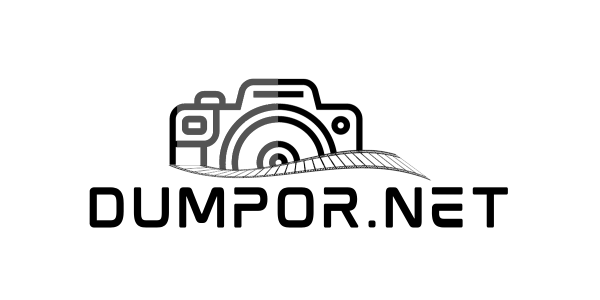How important is down imaging on a fish finder?

A different way to create images is called down imaging. It uses an image sensor located beneath the transducer, instead of sonar. This sensor takes thousands upon thousands of photos per second and creates a three-dimensional image of the area below the boat.
This technology offers many benefits over traditional sonar.
The images are easier to understand. It is possible to see the exact size and shape of objects which can be helpful in identifying fish.
* Second, down imaging can penetrate deeper into water columns, so it is possible to see fish swimming at depths inaccessible by traditional sonar.
Fisherman find down imaging extremely useful and quickly becoming the standard in fish finders. If you are looking for a fish finder that can offer down imaging, make sure it is one that has this feature. This will make fishing trips more enjoyable and productive. Let’s take a look at down imaging sonar, and what it offers.
The Advantages of Down Imaging Sonar
1. It is easier to interpret images: Images can be seen in the shape and size, which can help you identify fish.
2. It penetrates deeper into the water column: Fish can be seen swimming at depths not accessible to traditional sonar.
3. Image processing is faster: The image sensor can take thousands of photos per second and create a three-dimensional picture of what’s below the boat.
4. Images with higher resolution: Down imaging creates clear, easy-to-understand images of high-resolution.
5. Greater coverage: Down imaging allows you to scan larger areas and locate fish hiding in structures or other areas that would otherwise be difficult to scan using traditional sonar.
Fishfinders are quickly adopting down imaging as a standard. It is proving to be incredibly useful for fishermen. If you are looking for a fish finder that can offer down imaging, make sure it is one that has this feature.
The Importance Of Down Imaging In Fish Finders
Because it allows fish finders to see three-dimensional images of the area below the transducer, down imaging is a vital tool. This technology offers many advantages over traditional sonar. It can penetrate deeper into the water column to produce clearer images and has more detail. It is fast becoming the standard in fish finders because of its importance. When you are looking for a fish finder that has down imaging, make sure it is one that offers this feature. This will make fishing trips more enjoyable and productive.
A down-imaging fishfinder is the best. This technology is rapidly becoming the standard in fish finders and has many benefits over traditional sonar. Look for fish finders that offer down imaging if you are looking for a new fishfinder. This will make fishing trips more enjoyable and productive.
How to Use down Imaging on Your Fish Finder
Although down imaging can be a powerful tool for fishermen, it is only as useful as the skills you have to use it. These are some tips to get the most from your down-imaging fishfinder.
1. Learn to interpret the images. It takes practice to be able to read the down imaging images. Once you are comfortable with the process, you will be able quickly to identify fish and other objects.
2. You can use the down imaging function together with other functions of your fish finder. You can use down imaging as one tool to help you find fish. To get the best results, make sure you use every feature on your fish finder.
3. Try different settings. The settings that are tailored to your fishing conditions will make down imaging work best. You can experiment with many settings until you find what works best for you.
Once you have mastered down imaging, your fish finder will allow you to locate more fish and make more fishing trips. Don’t delay, get out there now and use down imaging to catch more fish.
FAQs (Frequently Asked Question) about Down Imaging
Q. Is it OK to use down imaging in shallow waters?
Yes, you can use down imaging in shallow and deep water. Because the waves aren’t as distracting, down imaging is often more effective in shallow waters. You can also purchase a fish finder that is specifically designed for shallow water .
Q. What is the range for down imaging?
A: The range for down imaging is dependent on the model of your fish finder. Some models are limited to a depth of 100 feet while others can reach 1000 feet.
Q. How can I make down imaging more efficient?
A: Using down imaging in conjunction with other features of your fish finder can make it more efficient. If you also use GPS, the down imaging function can be used to pinpoint areas where fish are present.
Q. What’s the difference between traditional sonar and down imaging?
A: Traditional sonar and down imaging are different in that down imaging creates a three-dimensional image while traditional sonar only shows two-dimensional images. Down imaging can penetrate deeper into the water column to produce clearer images.
The Bottom Line
We hope this article helped you to understand the importance and benefits of down imaging when using a fish finder. It is important to use down imaging when locating and catching fish.




